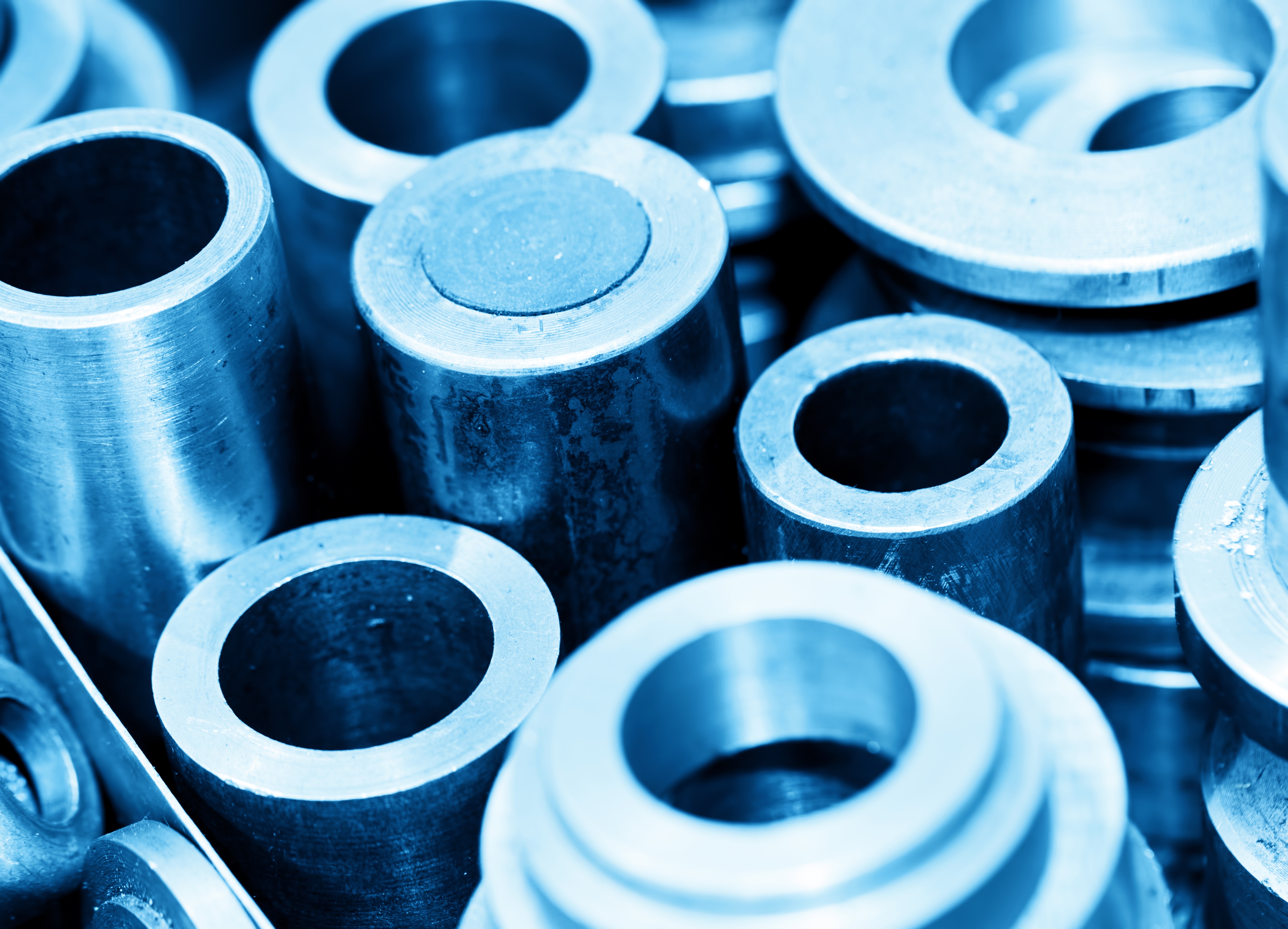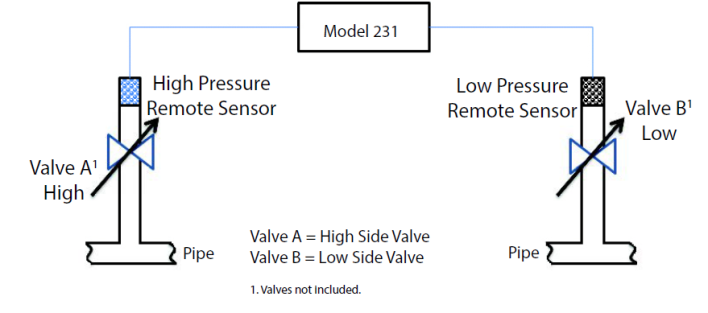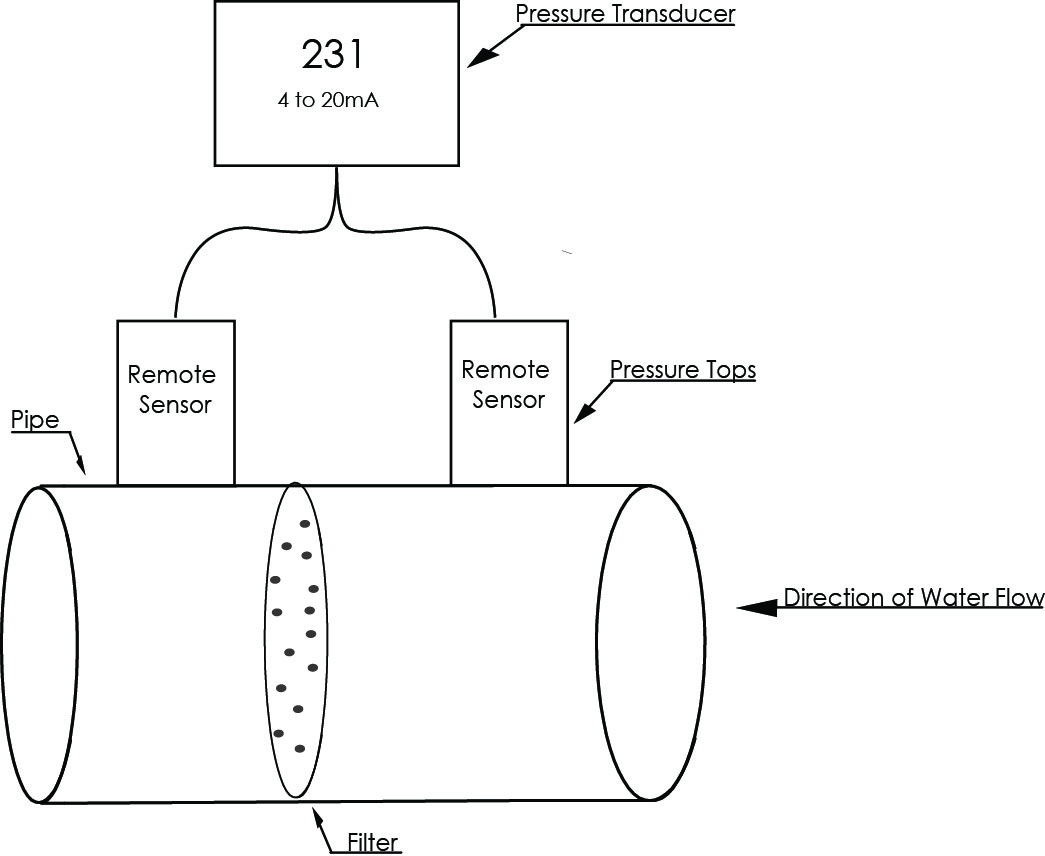Whether you are an engineer or a consumer, many daily applications involve capacitance. Capacitance can be measured using a capacitor, however it is not as simple as that. There are three different methods in which the capacitor measures capacitance.
Setra Blog
Tom Lish
Recent Posts
Material Compatibility refers to a material's resistance to corrosion, rust or stains when it comes in contact with a chemical.
Have you seen a large metal instrument, similar to the picture on the right, floating in the ocean and wondered what that device could be? What you have seen is a buoy (pronounced: boo-ee). A data buoy contains sensors used to monitor and collect atmospheric and oceanographic conditions.
Hydrogen is used as a process media across many different industries and applications. Used in OEM equipment, pressure sensors play an important role in the safe, efficient, and reliable operation in material handling equipment, power generation, hydrogen production/distribution and many other applications.
Even with a pressure transducer, it can be very confusing to measure pressure. For one thing it may be diffcult to understand all the different pressure measurement types, and apply its application correctly.
Hopefully this presentation can clear things up:
After understanding the difference between wet-to-wet, wet-to-dry and dry-to-dry differential pressure transducers, it is time to learn about the different types of sensors designed to measure wet-to-wet differential pressure. Wet-to-wet differential pressure sensors are broken into two main categories, true wet-to-wet differential pressure and calculated wet-to-wet differential pressure.
February 29, 2016
What is the difference between Wet-to-Wet, Dry-to-Dry, and Wet-to-Dry differential pressure transducers?
Differential pressure is the difference in pressure between two points of measurement. This is commonly measured in units of pounds per square inch differential (PSID) or in inches of water column (“WC). Devices for differential pressures usually fall into one of these three categories:
February 22, 2016
Selecting the Right High Temperature Industrial Pressure Transducer for Liquids or Gases
When selecting an industrial pressure transducer for monitoring high temperature liquids or gases be sure to check the operating temperature range of the transducer, in order to select the correct pressure transducer for these applications.
Used almost interchangeably across the sensor industry today, the terms transducer and transmitter actually have fundamentally different meanings. Before going into those differences, a transducer and a transmitter are both sensors; in this case both sensing pressure. A pressure sensor converts an applied pressure of a gas or liquid into a usable output. The type of output the sensor gives, defines whether a unit is considered a transducer or transmitter.
The Digital Altimeter Setting Indicator (DASI) System is a critical part of flight control and instrumentation. It assists with calculating the true altitude of an air plane relative to the ground. Pilots use this altitude calculation for landing aircrafts safely on the runway. Without this system, pilots wouldn't have accurate altitude measurements accessible to them prior to landing.
Altimeters, a vital component within an aircraft, calculate and display altitude by measuring the barometric pressure and converting that measurement into altitude. The greater the altitude of the aircraft, the lower the altimeter pressure reading. Altimeters produce readings with respect to sea level. This is an inaccurate reading as a result of weather patterns and varying elevations of airport locations. Changes in weather can alter the readings at an airport control tower. As weather patterns move, high and low
Subscribe to Our Blog!
Topics
- Critical Environments (182)
- HVAC/R (179)
- General Industrial (153)
- Building Automation (134)
- General Industrial OEM (92)
- Energy Management (85)
- Test and Measurement (66)
- HVAC/R OEM (58)
- Barometric (44)
- Alternative Fuels (42)
- Medical (40)
- Process/Mfg Tank Level (40)
- Water and Wastewater (39)
- OHV (38)
- Oil and Gas (35)
- Industrial Vacuum (29)
- Calibration (25)
- Semiconductor (25)
- Particle Counting (18)
- Cleanroom Monitoring (17)
- Room Pressure Monitoring (16)
- Trade Show (12)
- cleanroom environment (12)
- Scales (11)
- Environmental Monitoring (10)
- Power Monitoring (10)
- Healthcare (9)
- Power Meters (9)
- Software (9)
- cleanroom monitoring systems (9)
- Case Study (8)
- critical environment technologies (8)
- Humidity (7)
- data centers (7)
- particle counter (6)
- pressure transducers (6)
- LITE room pressure monitor (5)
- hardware and software cleanroom monitoring systems (5)
- setra lite (5)
- Compliance (3)
- Video (3)
- hospital spaces (3)
- FAQ & Troubleshooting (2)
- Monitoring Compounding Pharmacies (2)
- Semiconductor Manufacturing (2)
- agencies that monitor pharmacies (2)
- energy (2)
- hvac (2)
- laboratories (2)
- monitor compound pharmacy (2)
- protected environment (2)
- regulatory compliance (2)
- setra lite features (2)
- usp 797 (2)
- Current Sensors and Transducers (1)
- Current Transformers (1)
- Pressure (1)
- aerospace cleanrooms (1)
- cems (1)
- digital transformation (1)
- ipv6 multicast (1)
- ipv6 multicast address (1)
- ipv6 multicast address range (1)
- isolation room pressure monitoring (1)
- multicast address ipv6 (1)
- multicast ipv6 (1)
- operating room (1)
- pharma 4.0 (1)
- pressure sensor (1)
- pressure transducer companies (1)
- semi conductor (1)
- sensors and transducers (1)
- setra pressure transducers (1)
- submetering (1)
- sustainability (1)
- temperature monitor (1)
- temperature monitoring for pharmacies (1)
- transducers (1)
- usp 800 (1)
- water (1)
- what does hvac stand for (1)
- what is a transducer (1)
- what is hvac (1)













